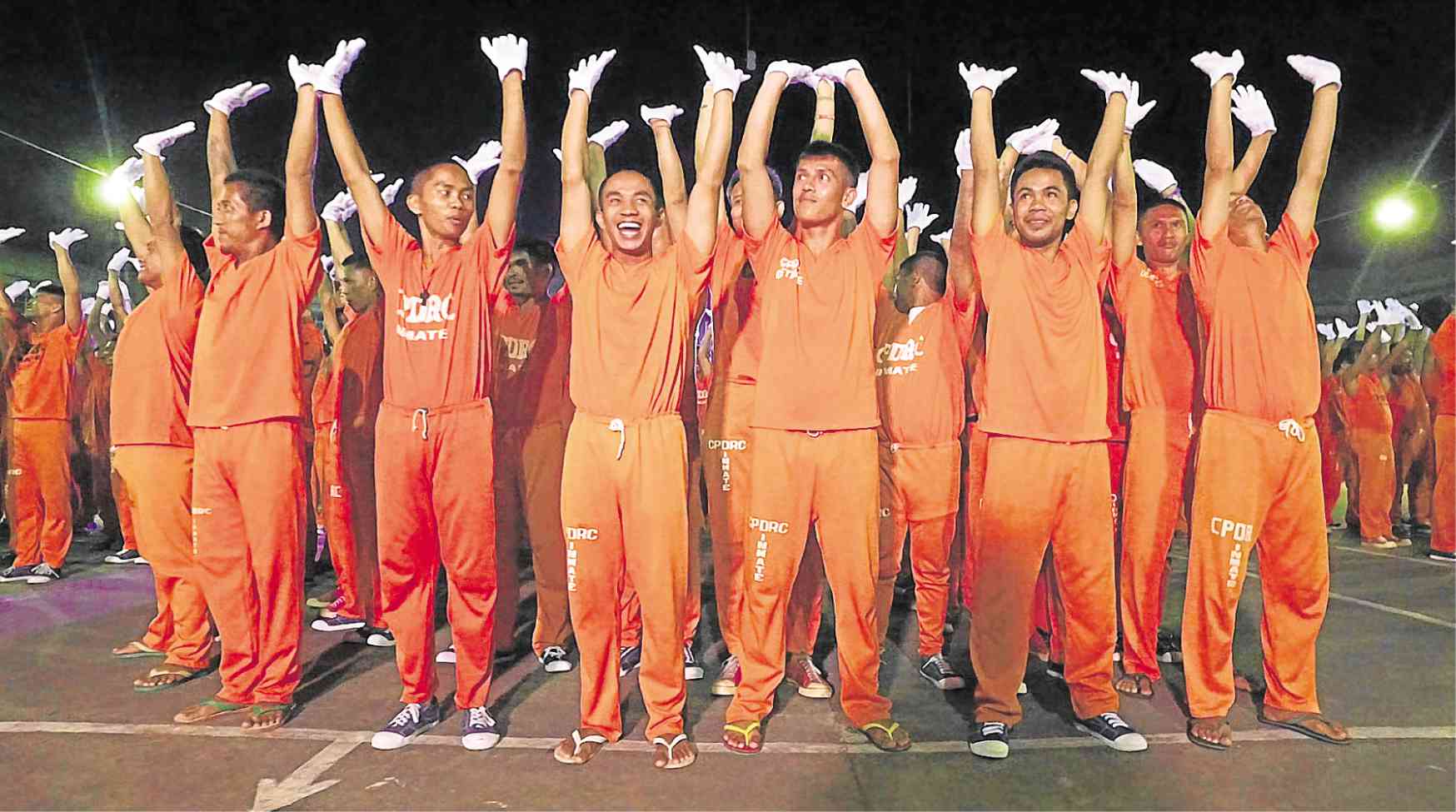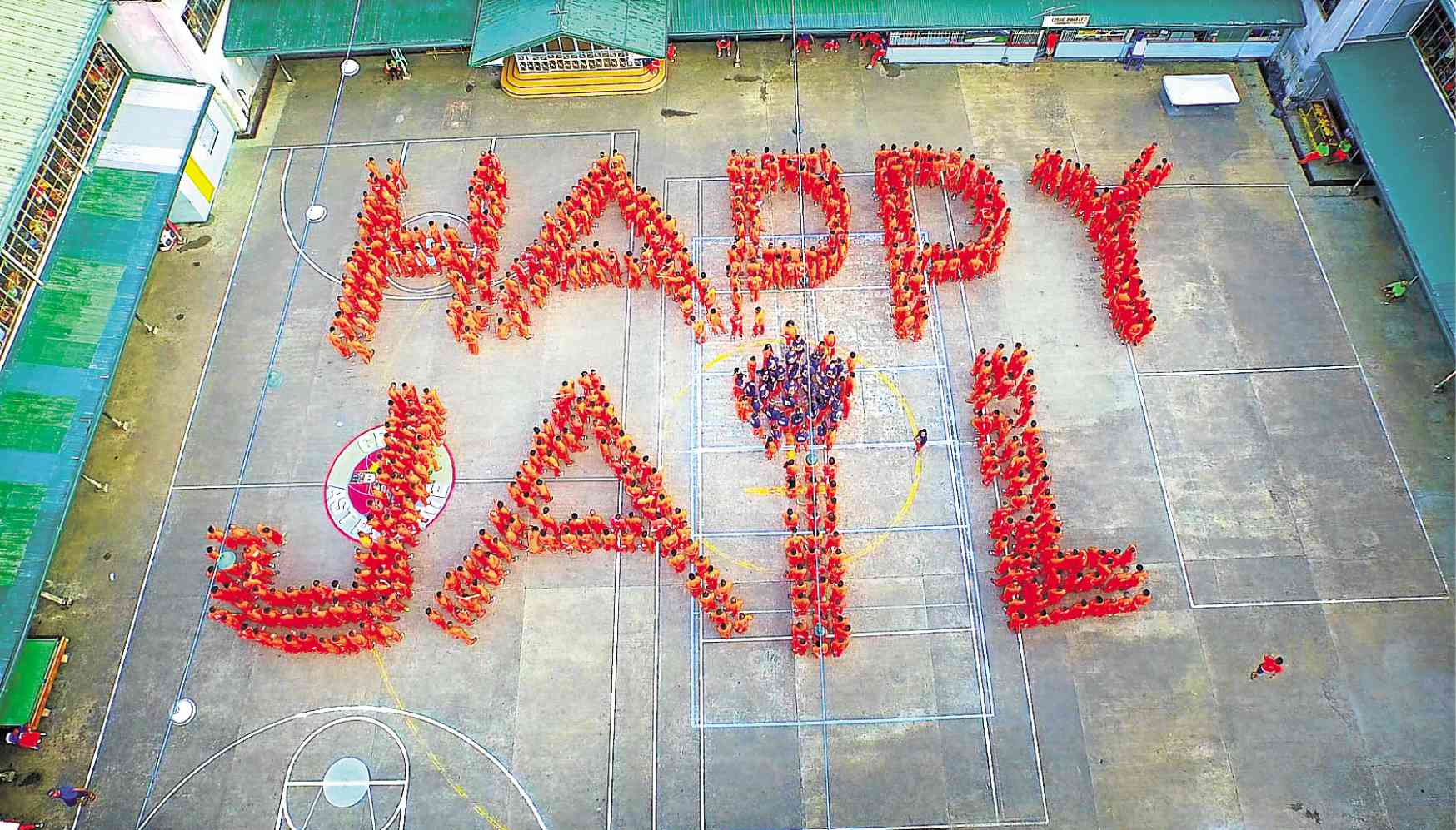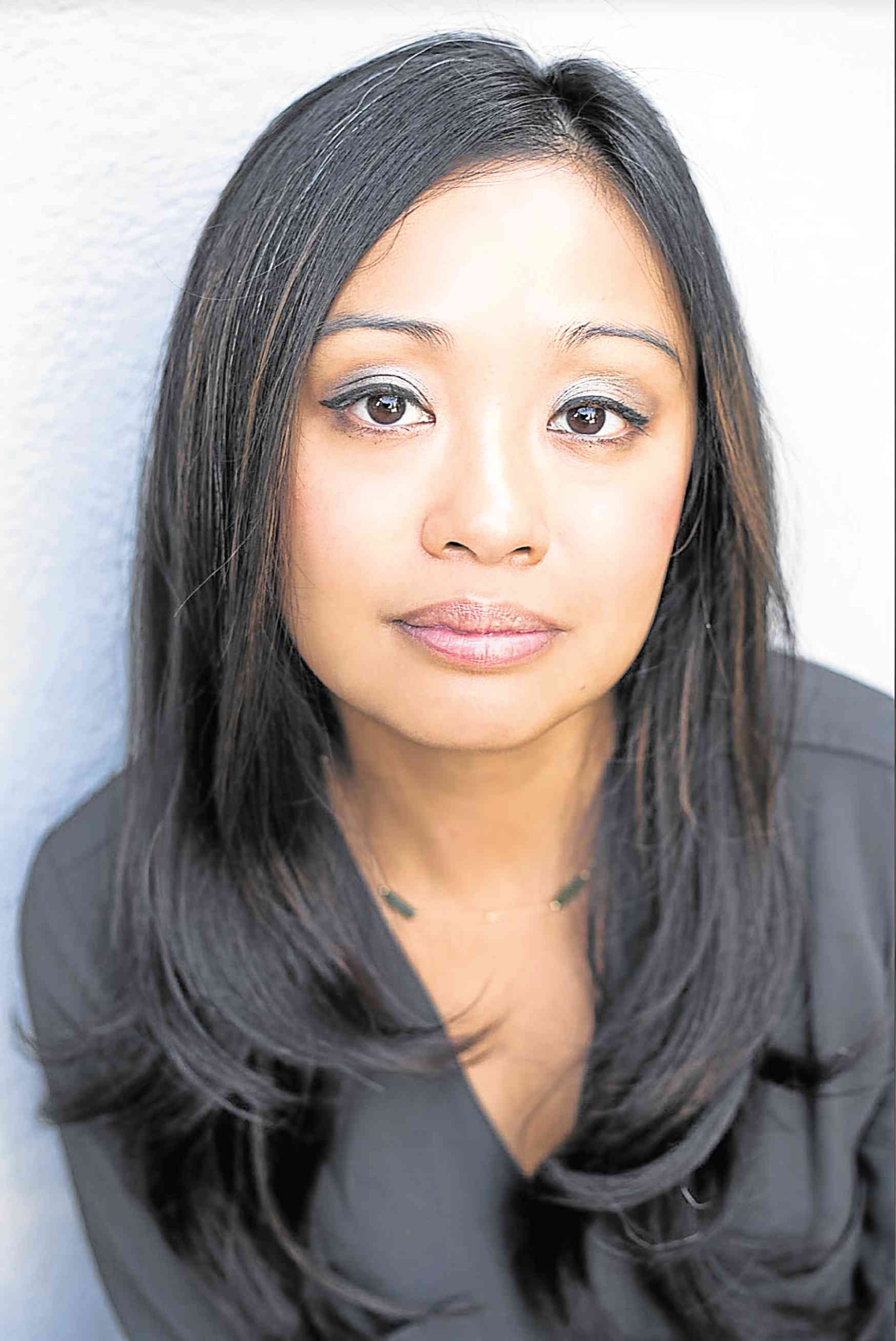‘Happy Jail’ filmmaker dishes on story, power struggle behind Cebu’s Dancing Inmates

Dancing Inmates in action
It was a viral video unlike anything netizens all over the world had ever seen.
In 2007, a YouTube video showing the inmates of CPDRC (Cebu Provincial Detention and Rehabilitation Center) grooving to the beat of Michael Jackson’s “Thriller” in synchronized harmony turned the dancing prisoners into a global phenomenon.
The terpsichorean feat was harder than it looked. But while it took the inmates four months to rehearse “Thriller,” their effort didn’t go unnoticed. Even the housemates of “Pinoy Big Brother’s” celebrity edition that year, including future Miss World Megan Young and Orange and Lemons’ Mcoy Fundales, were given a task to dance with the prisoners, to the tune of Breakfast Club’s “Rico Mambo.”
Their performances became so popular that they ended up getting featured in or referenced by shows like “Glee” and “Dateline,” and networks like CNN and Fox.
According to Michael’s choreographer Travis Payne, even the King of Pop was very happy to see the production number. Back then, it was noted that prisoner-on-prisoner crime inside the CPDRC dropped by 80 percent. But therein lies the rub.
Article continues after this advertisementNetflix’s five-part must-see docuseries “Happy Jail,” which began streaming last Wednesday, initially sought to shine the spotlight on the so-called Dancing Inmates and the exercise-cum-rehabilitation program behind their “success” story.
Article continues after this advertisementEmmy-winning Fil-Am director Michele Josue (“Matt Shepard is a Friend of Mine,” about the evils of homophobia) described the tale behind the inmates’ rise to fame as “emblematic of the Filipino people and our love of music, dance and performance.”
Michele began filming in 2016, around the same time President Duterte’s war on drugs began. Little did she know that the tone of the documentary would take a drastic turn over the course of three years.
“Our cameras were there when the CPDRC was suddenly thrust into this new era, and its staff was over whelmed with an influx of inmates and the pressure of it all,” Michele said. “What began as a straightforward film about the Dancing Inmates soon transformed into an in-depth, humanistic document of the complexities of life at CPDRC.
“Suddenly, we were going beyond the dancing, stepping into the lives of those behind bars and those who strive to improve the quality of life [inside]. ‘Happy Jail’ has become so much more than what we were expecting.
“It was an honor to bear witness to such a monumental chapter of the inmates’ lives, and to be entrusted with telling their stories in the honest, sensitive and respectful way they deserve to be told.”
The series is so binge-worthy we finished watching the whole series in one go.
More than the prisoners’ stories, it’s also about the power struggle that plays out between the two factions in government running the program—with now Cebu Governor Gwendolyn Garcia and her brother Byron on one side, and former governor (and now Vice Governor) Hilario Davide III and Marco Toral, the controversial ex-con he appointed as “consultant” for the prison facility, on the other.
Michele doesn’t just talk about the “usual suspects,” she also pursues the points of view of ex-warden Romeo “Bobby” Manansala, the dance program’s choreographer Vince Rosales and some of the jail’s 1,500 inmates.
The story takes an even more compelling twist when inmate Arnel Mail bolts out of prison and takes Marco and his men on a wild goose chase in Argao to “retrieve” him.
Early this week, we finally got Michelle to talk to us about her riveting documentary.

Scene from “Happy Jail”
Excerpts from our Q&A:
What was “Happy Jail’s” biggest draw for you? The biggest draw for me was to work on a truly Filipino story. But beyond that, I was excited about exploring a story that had this provocative combination of grit and complexity, but also song and dance.
You won an Emmy for “Matt Shepard is a Friend of Mine.” What were your biggest challenges for “Matt Shepard” and “Happy Jail”? “Matt Shepard,” my first feature, was about the life and death of my dear friend. It was a deeply personal project for me, so it was difficult in every sense of the word. For his friends and his family, it was challenging and, at times, very painful to open up about our loss.
But we all understood how important the project was. We worked on “Matt Shepard” for almost three years, then spent another two years on the film festival circuit.
The Emmy was an unbelievable blessing that came at the very end of that journey.
We shot “Happy Jail” over the course of three years, and the story became more personal to me as we filmed. We spent a lot of time with our subjects because we wanted to do justice to the inmates’ stories and their collective experience. They’ve entrusted me with stories that don’t ever get to be told. So I’ve put a lot of pressure on myself to get it “right.”
What were your impressions of Marco Toral and Bobby Manansala? I was immediately fascinated by Marco’s story and the fact that a former convict was in charge of the jail. He was a disrupter, and his radical approach is one we wouldn’t see here in the United States.
Marco and his staff wore T-shirts with the motto “Seasoned by Stress,” and I feel that is an accurate summary of what I witnessed of them at the jail. Marco and Bobby were at the helm of an untenable situation.
Please tell us about your Filipino roots and how you ended up doing docus. My family is from Sagay City in Negros Occidental. My parents immigrated to the United States when they were in their 20s. We grew up in Maryland, but we spent every other summer in the Philippines visiting family. It was important to my parents that we always maintained our connection to the Philippines.
As for my roots in filmmaking, I’ve always loved movies and television. When I was younger, our family would go to the movies every Sunday. In middle school, I fell in love with theater and acted in as many plays as I could. Then, I started writing my own short plays and directed all my friends in them.
Later on, I went to film school, moved out to Los Angeles and worked on various films and TV shows, all while making shorts of my own. Over the years, I found that my passion was documentary film and connecting with real people and helping to empower their voices.

Fil-Am director Michele Josue
Aren’t documentaries harder to do than feature films because of the element of unpredictability? Absolutely! That’s why I love them because it can be so surprising and challenging. You’re dealing with real life and real stories, which, to me, is often more extraordinary than anything one can write. I find the documentary form so exciting and limitless.
Should documentary filmmakers “comment” on the subject matter they tackle? Should they be part of the narrative, especially where advocacies are concerned? That’s entirely up to the filmmaker. I personally don’t think there should be any hard and fast rules in documentary—or in film in general. There is no right or wrong way to tell a story. It’s all about the filmmaker’s unique point of view.
In my first film, I was part of the narrative, and I think that choice helped drive the story home for some people. Viewers saw that Matt was a real person with family and friends who love and miss him.
But with “Happy Jail,” our intention was to respectfully and sensitively bear witness to the inmates and what was happening inside the jail. As outsiders, it wasn’t appropriate to impose ourselves into their narrative. This is their story.
Any other subject matter you want to examine? I’m proud to have created a uniquely Filipino story that will be seen by the rest of the world, and I hope to continue to help bring more Filipino stories into the mainstream.
What was it like shooting inside CPDRC? Shooting inside CPDRC was a lot easier than I thought it would be. The conditions are extremely cramped, but we were a very small team and were really run-and-gun, which is how I prefer to operate on the field. I like keeping a low profile.
Everyone in it was extremely open and accommodating, and we didn’t film anyone who didn’t want to be filmed. But we found that most of the inmates were eager to share stories about themselves and were happy just to have someone listen to them.
In fact, all the inmates we interacted with were helpful to our process and genuinely cared about the project and wanted it to be successful.
How did you prepare for the “Happy Jail” shoot? How did you choose your interviewees? I had visited the jail once in 2014. It’s very much its own world, with its own set of rules.
With the crew, we took a scouting trip to the jail to understand the lay of the land, to meet jail officials, a few of the inmates and to watch the dancing. That trip was hugely informative, and I’m glad we didn’t go there completely “cold.”
As for our inmate interviewees, we wanted to find compelling subjects who were representative of the different subgroups within the jail.
Over time, certain people stood out for us. Of course interviewing Marco, Vince, Byron and Gwen Garcia was essential to the overall narrative.
What was the shoot like during the “retrieval operation” in Argao? It was uncomfortable seeing Arnel Mait’s wife Rhodora looking “helpless.” The shoot in Argao was both nerve-racking and slow.
For many hours, we were all hoping and waiting in vain for Arnel Mait to show up. Our hearts went out to his wife and small children, who were suddenly thrust into this situation.